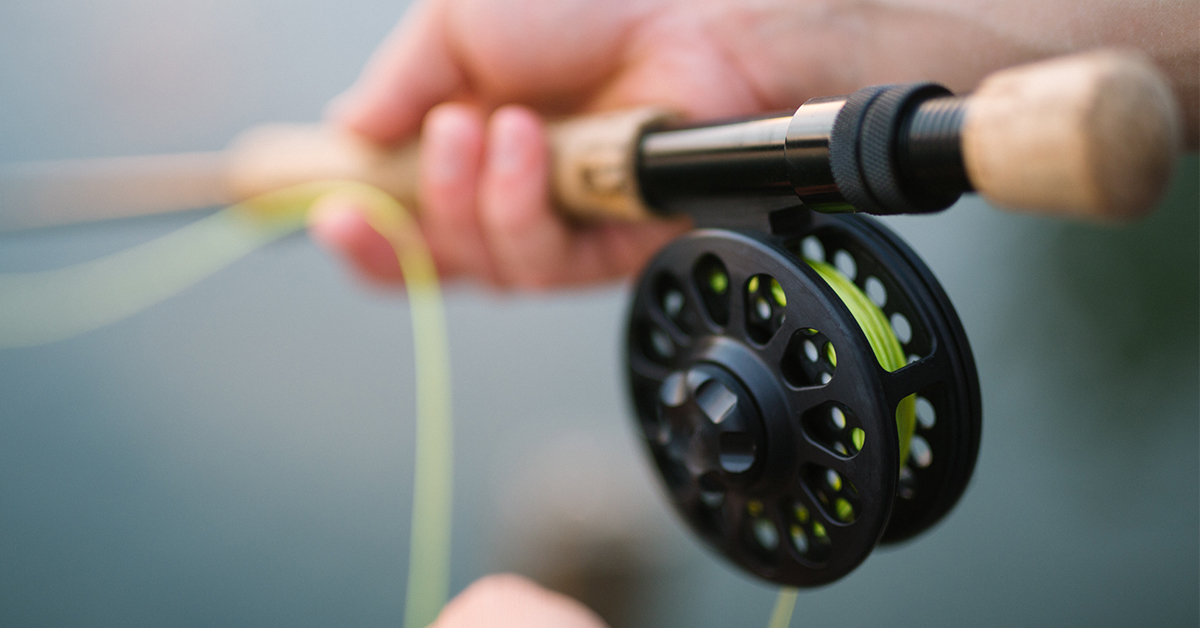When it comes to fly fishing, the line is just as important as the fly itself. Fly fishing is a unique fishing method that involves casting a nearly weightless artificial fly using a specialized fishing line. This line is commonly referred to as the fly line.
Fly lines are made up of a core, a coating, and a taper. The core of the line is typically made of braided nylon, which provides the line with its strength and durability. The coating is what makes the line float, and the taper is what determines how the line will cast.
There are different types of lines available on the market, and each type is designed for specific fishing conditions. The type of line that a fly fisherman uses will depend on the type of fish they are trying to catch and the type of water they are fishing in.
Types of Fly Lines
Floating Line
The floating line is the most common type of line used by fly fishermen. As the name suggests, this line floats on the water’s surface, which makes it ideal for fishing dry flies or nymphs. Floating lines are designed to be easy to cast and come in a variety of tapers, including weight-forward, double-taper, and triangle-taper.
Sinking Fly Line
A sinking line is designed to sink in the water, making it ideal for streamer fishing. These lines are usually made with a denser core and have a faster sink rate than floating lines. The sink rate of sink lines is typically measured in inches per second (IPS). The most common sink rates for sinking lines are between 1 and 7 IPS.
Intermediate Line
Intermediate lines sink slowly and is designed to be fished just below the water’s surface. This type of line is perfect for fishing in shallow waters or when fish are feeding just under the surface. Intermediate lines are also useful in stillwater fishing when the fish are suspended at a certain depth.
Sink-Tip Fly Line
A sink-tip line is a combination of a floating and sinking line. The front section of the line sinks, while the back of the line floats. This type of line is ideal for fishing in rivers or streams with varying water depths. Sink-tip lines come in different sink rates, and the sink-tip length can also vary.
Shooting Taper Line
Shooting taper lines are designed for long-distance casting. These lines have a thin diameter and are very light, allowing for quick and efficient casting. Shooting taper lines are often used in saltwater fly fishing or when targeting larger species like salmon or steelhead.
Spey Fly Line
A spey line is used in spey casting, which is a casting technique used in fly fishing for salmon and steelhead. This type of line is longer than traditional lines and has a longer head, making it easier to cast long distances.
Ultimately, the line is an essential component of fly fishing. The type of line that a fly fisherman uses will depend on the fishing conditions and the type of fish they are trying to catch. There are many different types of lines available on the market, including floating lines, sinking lines, intermediate lines, sink-tip lines, shooting taper lines, and spey lines. Understanding the different types of fly lines available will help fly fishermen choose the right line for their next fishing adventure.


Leave a Reply
You must be logged in to post a comment.